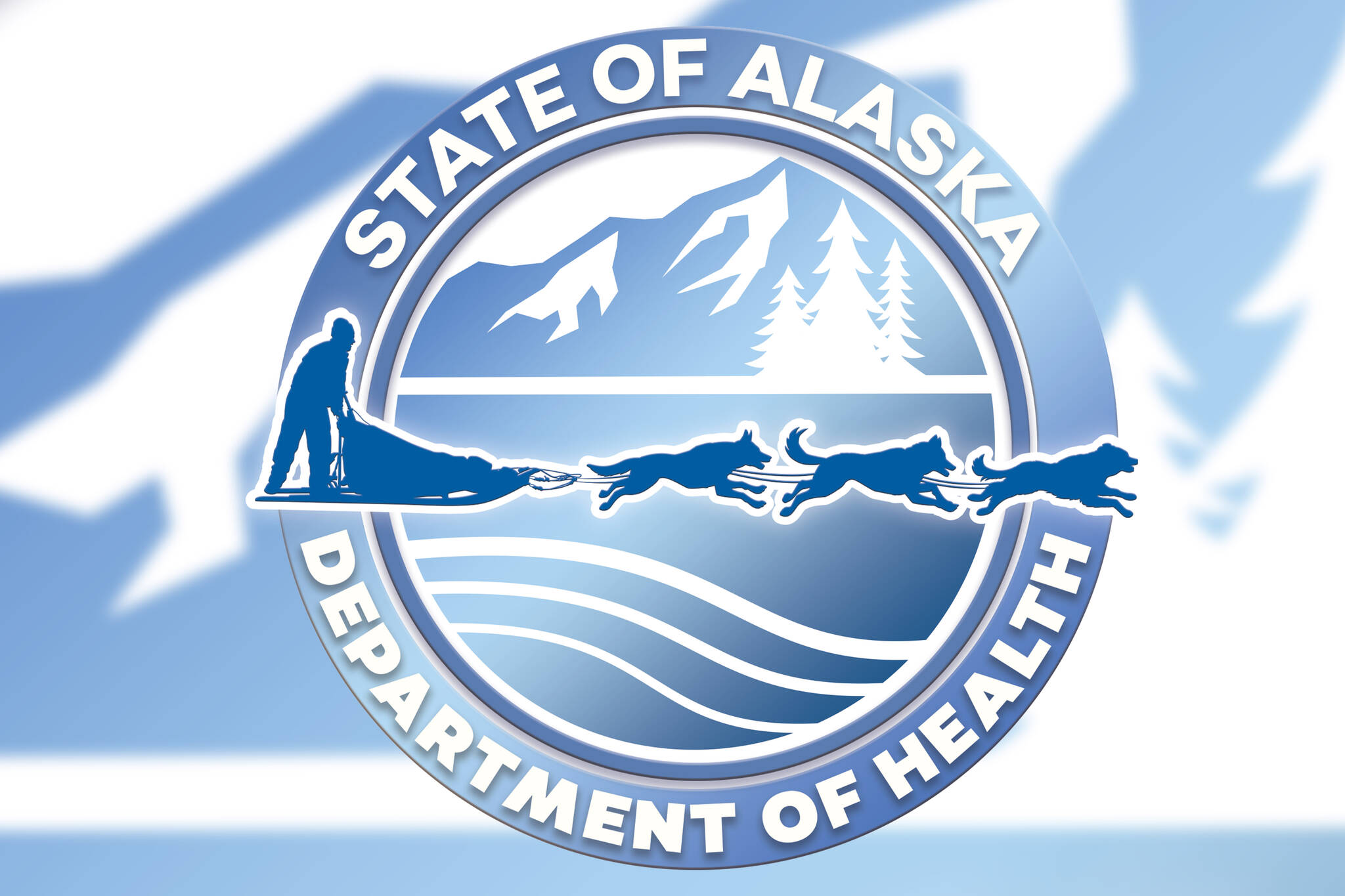An elderly resident of the Kenai Peninsula was the victim of the first reported fatal case of Alaskapox, an orthopoxvirus first identified in Fairbanks in 2015, the State Department of Health said in their Epidemiology Bulletin last week.
A Feb. 9 edition of the bulletin says that seven total infections of Alaskapox have been reported to the State’s Section of Epidemiology. Until December, all of those cases were reported in “residents of the Fairbanks area,” and all represented “self-limiting illness consisting of a localized rash and (swollen lymph nodes).”
Alaskapox is thought to be spread by small mammals, the bulletin says. Orthopoxviruses like Alaskapox often occur in both humans and animals, and small mammal testing near Fairbanks has identified “evidence of current or prior (Alaskapox) infection” in several species — especially red-backed voles. There is also one instance of such evidence being found in a domestic pet linked to a patient.
The case described in the bulletin is “the first case of severe Alaskapox infection of hospitalization and death,” but the publication notes that the severity of the illness was “likely” a result of a compromised immune system in the patient. The case also represents the first identified outside of the Interior — which the bulletin says indicates that Alaskapox “appears to be more geographically widespread in Alaska’s small mammals than previously known.”
The Kenai Peninsula resident, the bulletin says, had “a history of drug-induced immunosuppression” as a result of cancer treatment. In “mid-September,” he noticed a tender, red bump near his armpit. Over the next six weeks, he visited to both a primary provider and a “local emergency department” several times for evaluation and was prescribed “multiple” antibiotic regimens.
Biopsy of the lesion revealed no evidence of infection or malignancy, but despite the antibiotics, the patient experienced fatigue and increasing pain until he was hospitalized in November — at which time the range of motion of his right arm was impacted by “presumed infectious cellulitis.”
The patient, the bulletin says, was later transferred to another hospital in Anchorage, where he reported neuropathic burning pain. The biopsy site near his right armpit was failing to heal and was at that time leaking “copious” fluid, and extensive weakening of the nearby muscles was identified as well as four smaller legions “across his body.”
After a series of tests the infection was identified as being consistent with Alaskapox, but the bulletin says that the genome sequence of the man’s infection was found to be evolutionarily diverse from prior instances identified in Fairbanks.
Treatment for the virus caused improvement in the patient, but the bulletin says that he finally succumbed to delayed wound healing, malnutrition, and failures of his kidneys and respiratory system in late January.
The patient lived alone, reported no recent travel, and had no close contacts who had traveled or reported illness or lesions. The bulletin says he reported caring for a stray cat near his home that “regularly hunted small mammals” and that had frequently scratched him. A “notable” scratch had been near his right armpit within the month prior to the development of the original rash.
Tests of serum and mucus from that stray cat were tested by the Centers for Disease Control and Prevention for antibody and orthopoxvirus testing, but they returned negative.
“The route of exposure in this case remains unclear,” the bulletin reads.
This case, which represents the first death by Alaskapox as well as a significant change in its known region, “warrants increased statewide awareness among clinicians.”
The bulletin recommends that clinicians become familiar with the features of Alaskapox and consider testing for patients with compatible illness. It advises those with suspected Alaskapox to avoid touching lesions, to keep lesions dry and covered, to keep hands washed and to launder clothing and lesions that contact those lesions separately from other items. Also recommended are antiviral treatments, increased precautions for patients and staff who are immunocompromised, and photographing of lesions to aid in identification.
To date, no human-to-human transmission of the virus has been documented, according to information from the Department of Health. Certain orthopoxviruses can be transmitted through direct contact with lesions, and the department recommends those with lesions keep their affected areas covered.
The CDC recommends washing hands after any contact with wild animals or their excrement, as well as after spending time outdoors or in places where wild animals might have been.
Any bites or scratches should be immediately washed with warm, soapy water and medical attention should be sought if that site of the injury is serious or becomes “red, painful, warm, or swollen.” Medical care should also be sought if the animal looks sick or is “acting unusual.”
For more information about Alaskapox, including the complete Epidemiology Bulletin, visit health.alaska.gov. Look under “Public Health,” then “Epidemiology,” then “Infectious Disease.”
Reach reporter Jake Dye at jacob.dye@peninsulaclarion.com.

